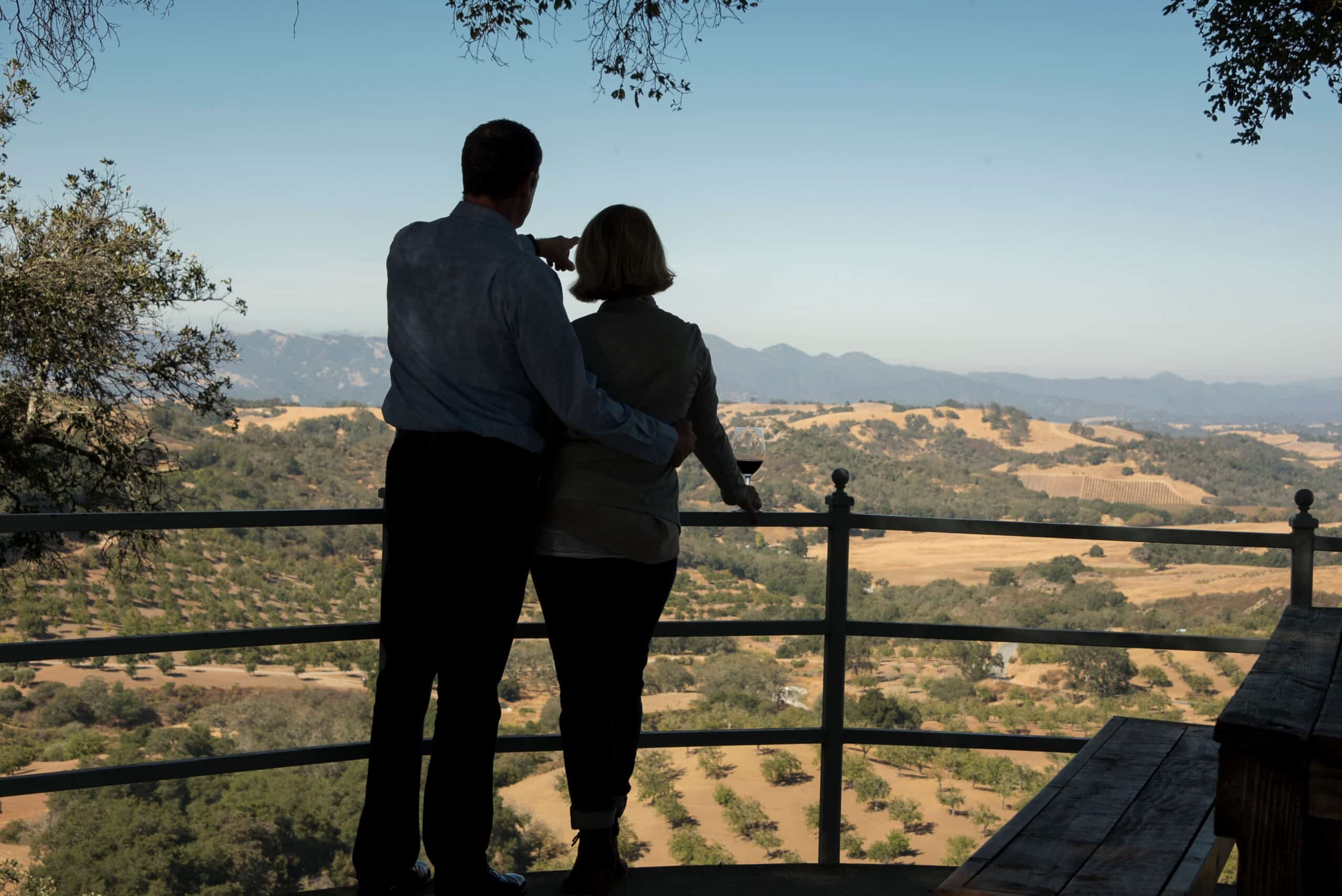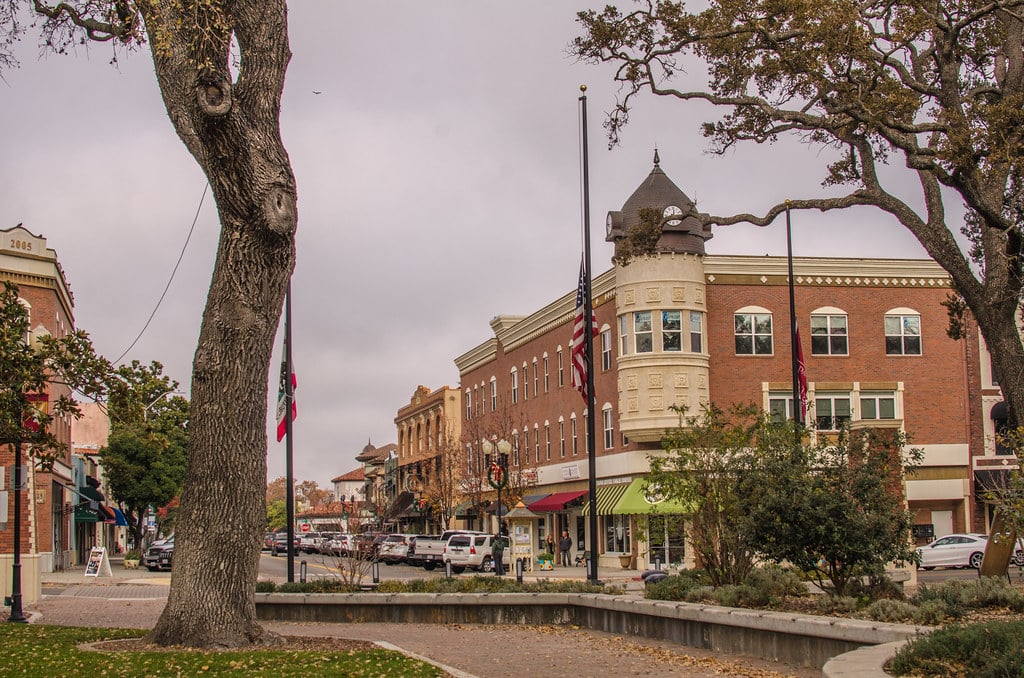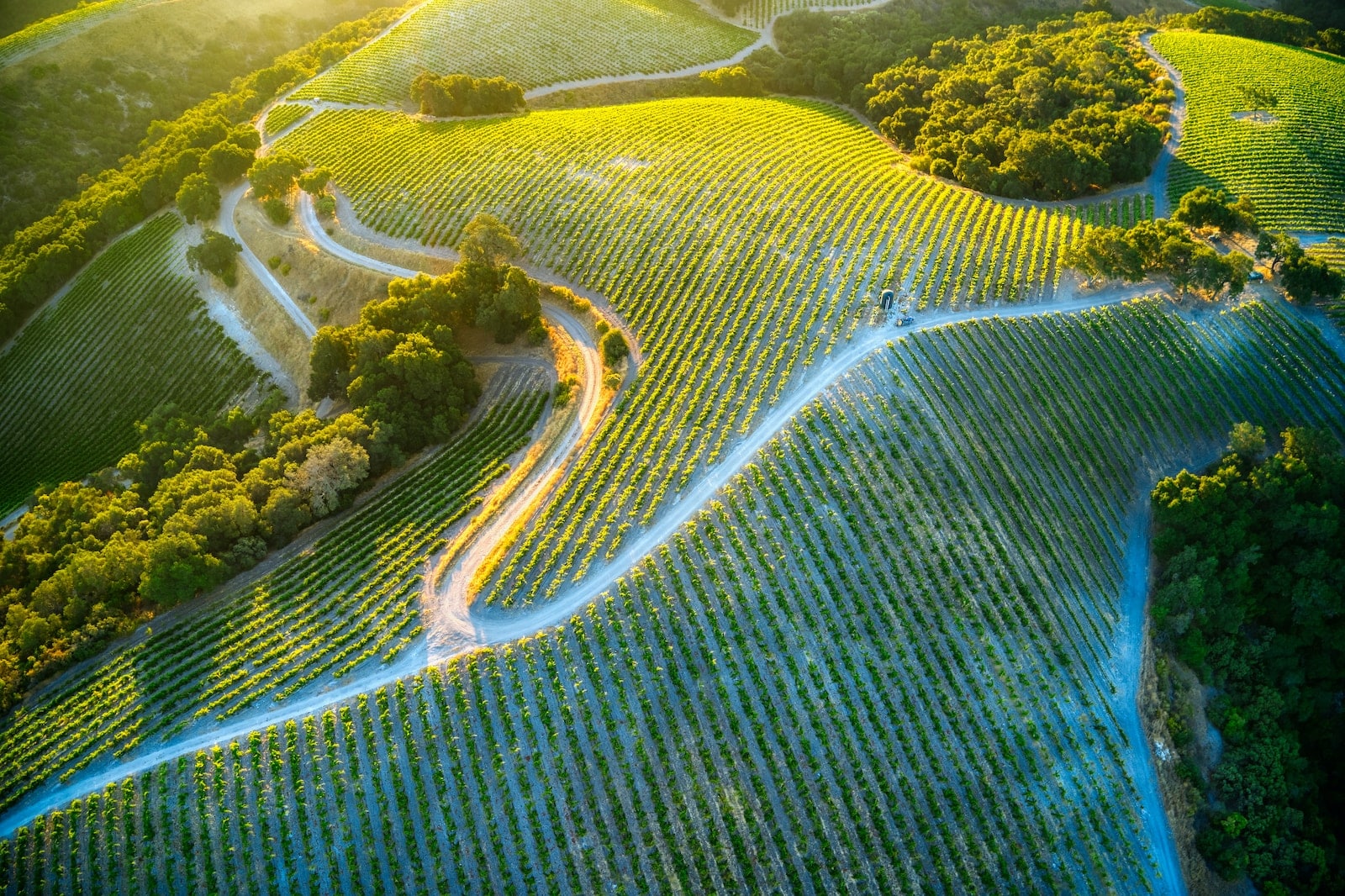Wild West wine country, with hot springs, foodie finds, and vineyards galore
Paso Robles, in California’s Central Coast region, midway between San Francisco and Los Angeles, is a world-class wine destination that rivals Napa, Sonoma, and other California districts. The greater Paso Robles AVA has more than 200 wineries and 40,000 vineyard acres planted with 62 varietals and includes 11 sub-appellations.
Although wine growing has existed in Paso Robles for centuries, it wasn’t a significant player in the international wine industry until reasonably recently. Paso’s winemaking roots date back to the 1700s when the Franciscan Padres planted vines and fermented wines at Mission San Miguel. At the same time, the native Salinan Indians informed the Spaniards of an essential regional resource—abundant spring waters—that would later give rise to a burgeoning tourism industry and the birth of the city we know today.
Paso Robles today is a far cry from the sleepy cowboy town it was in the late 1800s and early to mid-1900s. The winemaking successes of the early 1980s helped spur the changes. Finer dining establishments with a wine country focus began to open throughout the city, especially on or near the downtown City Park. At the start of the new millennium, a number of upscale, wine-inspired hotels opened to accommodate the sophisticated visitors who began to choose Paso Robles for wine-tasting experiences.
Today Paso Robles is a thriving community of more than 30,000 residents and a vibrant wine country destination with more than ample creature comforts to satisfy the constantly growing number of visitors. Stalwarts of “old” Paso Robles add to the region’s character and charm. The hot springs still soothe at River Oaks Hot Springs spa. Paso Robles Inn is still going strong, with historic and wine-themed rooms on the west side of City Park. Along with fine wines, the now-permanent Bruce Munro: Field of Light at Sensorio attracts visitors from around the globe. — Cheryl Crabtree



